After getting some useful feedback from this question (BJT Common Emitter - Active Load Biasing) I've been trying to intuit how the output voltage presents itself. Through a bit of trial and error I've stumbled upon the following method of determining the value for \$Rf\$ to get a desired \$Vout\$:
$$Rf = \frac{Vout}{\frac{Ic}{\beta}}$$
Update: Perhaps another way to look at it is \$Rf=R_{E} \cdot \beta\$?
For example, given \$IC =1mA\$ and Q1 as BC847C with \$\beta \approx 525\$: $$Rf = \frac{7.5}{\frac{1mA}{525}}=3,936,750 \Omega \approx 4M\Omega$$
And for Q1 as 2N2222 with \$\beta \approx 200\$: $$Rf = \frac{7.5}{\frac{1mA}{200}}=1.5M\Omega$$
Having taken the \$\beta\$ values from LTSpice I was able to validate this:

My question(s) are:
- Is this legitimate - I'm guessing if so it's a well known equation/technique known by some name? Perhaps this
- Assuming a \$V_{BE}=750mV\$, does the circuit above imply \$V_{E} = GND\$ so \$V_{CE} = V_{CC} - V_{E} - V_{C} = 15V - 0V - 7.55V = 7.45V\$?
- What is the mechanism/behavior taking place that is creating this voltage?
Many Thanks